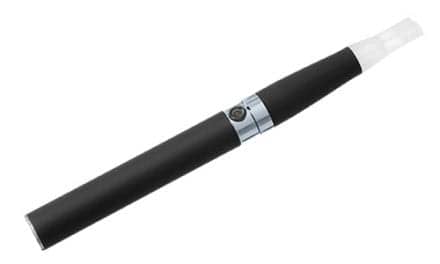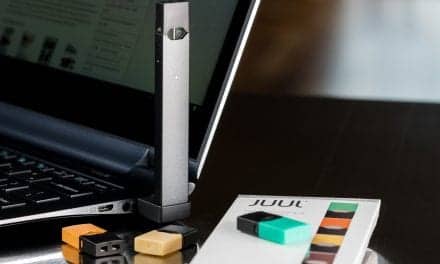A study, published in JAMA Pediatrics, looks at the impact of a California law that banned flavored vaping products.
Analyses found that, after the ban’s implementation, high school students’ odds of smoking conventional cigarettes doubled in San Francisco’s school district relative to trends in districts without the ban, even when adjusting for individual demographics and other tobacco policies.
“These findings suggest a need for caution,” said Abigail Friedman, the study’s author and an assistant professor of health policy at YSPH. “While neither smoking cigarettes nor vaping nicotine are safe per se, the bulk of current evidence indicates substantially greater harms from smoking, which is responsible for nearly one in five adult deaths annually. Even if it is well-intentioned, a law that increases youth smoking could pose a threat to public health.”
Friedman used data on high school students under 18 years of age from the Youth Risk Behavior Surveillance System’s 2011-2019 school district surveys. Prior to the ban’s implementation, past-30-day smoking rates in San Francisco and the comparison school districts were similar and declining. Yet once the flavor ban was fully implemented in 2019, San Francisco’s smoking rates diverged from trends observed elsewhere, increasing as the comparison districts’ rates continued to fall.
To explain these results, Friedman noted that electronic nicotine delivery systems have been the most popular tobacco product among U.S. youth since at least 2014, with flavored options largely preferred.










